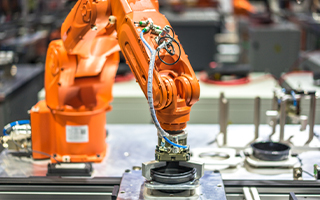Please submit the following details to download this asset.
Microland Invisible Onsite Support - The New Avatar of the Field Support Model in the New Normal
This whitepaper examines the shift from traditional, in-person onsite support to a more remote, digital model. The COVID-19 pandemic accelerated this transition by highlighting the inefficiencies of physical support and increasing the demand for remote assistance. Remote-only and just-in-time support models are becoming the norm due to factors like the rise of remote work, advanced digital workplace technologies, and the need for efficient, cost-effective solutions.
While remote support offers benefits such as improved productivity and reduced operational costs, certain scenarios still necessitate physical support, especially in industries requiring close physical proximity or for users preferring high-touch interactions.
Microland is leading this shift by investing in technologies like IoT, AR/VR, and advanced analytics to enhance remote support capabilities. They emphasize balancing high-tech and high-touch approaches to improve employee experience while managing costs and support efficiency.
Please submit the following details to download this asset.

















